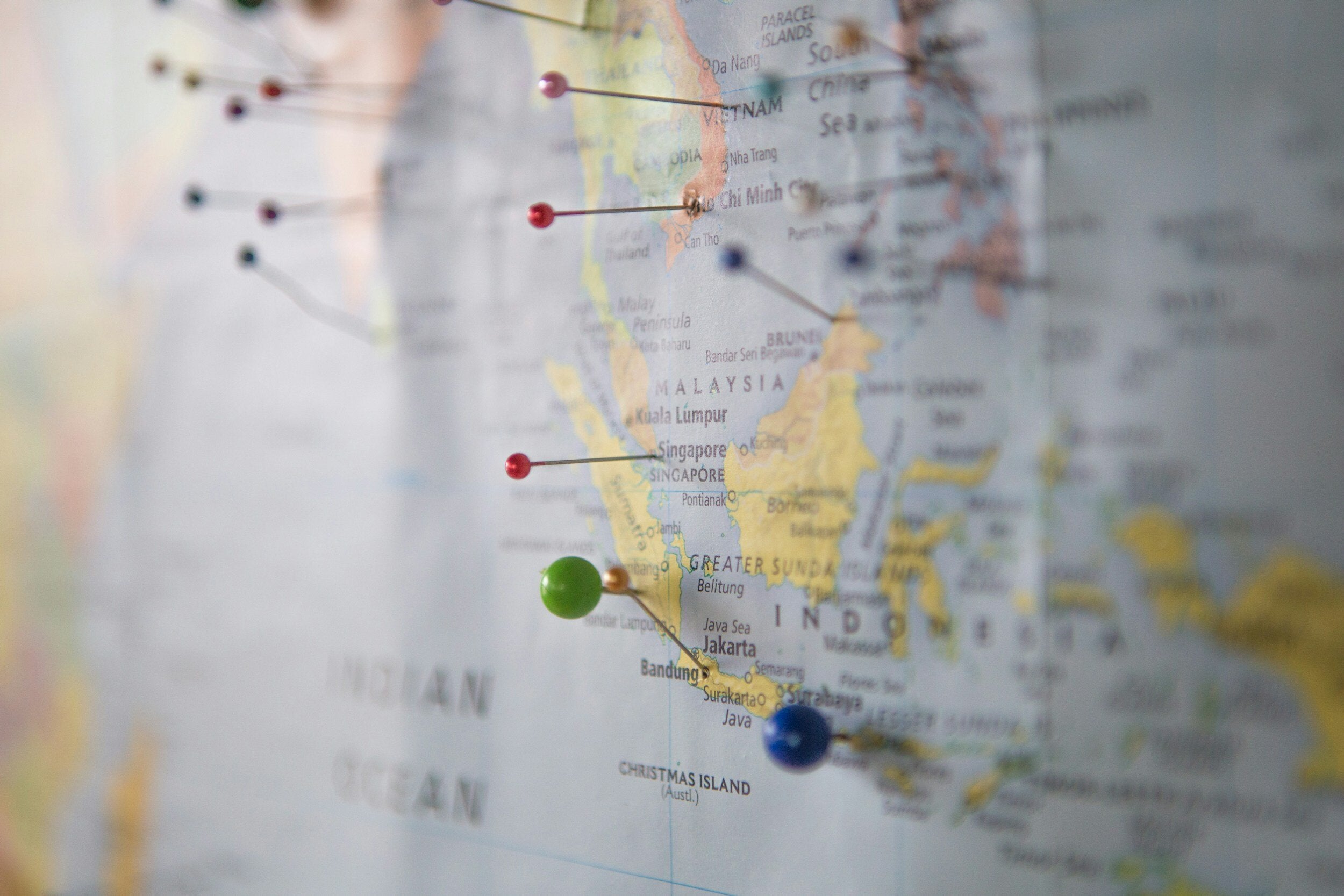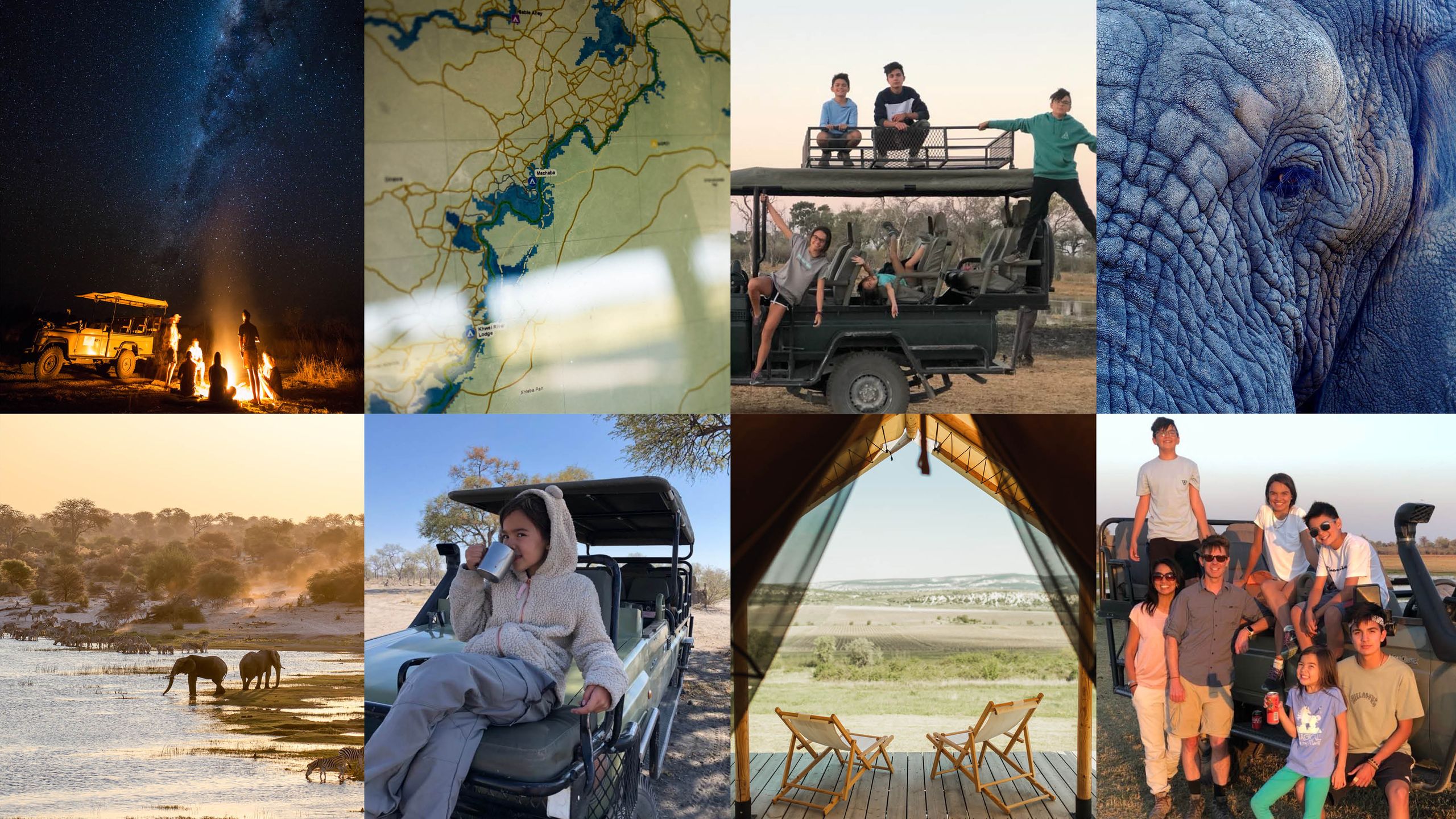Tips for Planning Travel Itineraries that Adapt to Different Lengths of Stay

Understanding the Importance of a Thoughtful Itinerary
When embarking on a journey, it’s easy to get lost in the excitement and overlook the necessity of a well-crafted travel itinerary. A meticulously planned agenda can transform your experience, turning what could be a frantic race against the clock into a beautifully curated adventure that immerses you in the essence of your destination. Whether you are planning a spontaneous weekend getaway or an extensive month-long exploration, here are key strategies to help you tailor your travel plans effectively.
Short Stays: Prioritize Key Attractions
For short stays, typically lasting just a couple of days, the focus should be on major attractions and efficient travel routes. For instance, if you find yourself in New York City for a weekend, prioritize iconic sites like the Statue of Liberty, Central Park, and Times Square. Consider purchasing a city pass that allows you to skip the lines, maximizing your time at each location. A well-chosen hotel can also save valuable travel time; staying in Manhattan can make it easier to traverse the city swiftly.
Medium-Length Trips: Dive Deeper Into Local Culture
For trips spanning about a week, you can afford to delve deeper into local culture while squeezing in a few day trips. If visiting California, for example, why not explore the stunning coastline with a day trip to Big Sur and return for a night in San Francisco? This gives you the chance to enjoy local cuisines, attend cultural events, and visit lesser-known attractions. Engaging in activities like wine tasting in Napa Valley or hiking in the Sierra Nevada can add unique flavors to your trip.
Extended Vacations: Embrace Flexibility
On an extended vacation, you have the luxury of flexibility and in-depth exploration. This allows you to take your time discovering the nuances of each destination. When traveling through Europe for a month, consider allowing yourself to stay longer in cities that resonate with you, rather than sticking rigidly to your original schedule. You can even integrate spontaneous activities like attending a local festival or spending a leisurely afternoon at a café, enhancing your experience.
Additional Strategies for a Meaningful Itinerary
Beyond merely scheduling visits, it’s crucial to research the local culture of your destination. This effort can guide you in adding experiences that provide genuine insight. If venturing to New Orleans, for instance, attending a traditional jazz concert or sampling authentic Creole cuisine can enrich your understanding of the city’s heritage.

Moreover, it’s essential to plan for downtime. Ensure you allocate time to relax and absorb your surroundings. Incorporating moments of leisure can be as simple as enjoying a tranquil walk through a local park or visiting a quaint bookstore. This aspect allows you to recharge, fostering a more immersive experience.
Finally, connecting with locals can yield priceless recommendations. Locals often have insights into hidden gems that tourists seldom discover. Whether it’s a favorite taco joint in Austin or a secluded beach in Maui, these tips can lead to unforgettable memories.
Overall, the secret to a successful travel itinerary is striking a balance between exploration and enjoyment. With thoughtful planning and a spirit open to discovery, you can craft a travel experience that adapts seamlessly to your schedule, allowing you to immerse yourself fully in every moment.
DISCOVER MORE: Click here to uncover literary adventures
Adapting Your Itinerary to Fit Your Journey
When it comes to travel itineraries, a one-size-fits-all approach simply doesn’t work. The length of your stay greatly influences not only what you can see and do but also how you immerse yourself in a new culture. Understanding how to strategically plan your travel itinerary based on your trip duration can lead to a more fulfilling experience. Here are some tailored tips to consider for various lengths of stay.
Weekend Getaways: Essentials at Your Fingertips
Weekend getaways often necessitate a laser focus on the essentials. With only two days or less, it’s imperative to prioritize must-see attractions while remaining mindful of your time. Here are some strategies:
- Choose a central base: Select accommodations in a central location to minimize transit times.
- Make a list: Write down your top three to five attractions and savor each moment spent there without the rush.
- Utilize local transportation: Familiarize yourself with public transport or rideshare options to make your way efficiently around the city.
For example, if you’re forgoing a longer trip to Chicago, consider focusing on Millennium Park, the Art Institute, and deep-dish pizza at Lou Malnati’s—all iconic experiences that give you a taste of the city.
One-Week Adventures: Balance Sightseeing with Cultural Integration
A week-long escape allows for a balanced itinerary that combines sightseeing with cultural experiences. This can be especially rewarding in cultural hubs like New Orleans or San Francisco. Here, you can:
- Mix popular and off-the-beaten-path attractions: Discover hidden gems alongside renowned sites.
- Engage with local communities: Sign up for workshops or local cooking classes to better understand the culture.
- Plan day trips: If you’re in San Diego, for instance, don’t miss a day in Tijuana exploring the local arts scene.
With a week, you can truly immerse yourself in a destination, making it possible to take meaningful breaks and experience spontaneous adventures that aren’t packed in the original plan.
Extended Journeys: Design with Flexibility in Mind
On an extended trip, the world is your oyster. This unstructured time is perfect for flexibility and exploration. It empowers you to adapt your plans based on newfound interests or chances encounters. Consider incorporating these strategies:
- Prioritize experiences over ticking off boxes: Allow your itinerary to be fluid—stay a bit longer in a city you love.
- Incorporate leisure days: Plan some downtime to recharge and soak in local life.
- Embrace unexpected opportunities: Be open to meeting locals who may guide you to unique events or places.
For instance, while traveling through Southeast Asia for a month, you might discover a charming village that resonates with you. Allow for the spontaneity to explore what captures your heart, leading to memories that a rigid itinerary could overlook.
By tailoring your travel itinerary to accommodate the length of your stay, you open up avenues that accentuate your travel experience, whether it’s a casual weekend or an extensive globe-trotting adventure.
| Strategy | Advantages |
|---|---|
| Flexible Itinerary Planning | Allows adaptation to unexpected opportunities and experiences while traveling. |
| Time Allocation | Facilitates optimized sightseeing by tailoring visits to match the time available. |
| Themed Days | Enhances visitor experience by grouping attractions, ensuring a well-rounded trip. |
| Local Insights | Enables travelers to immerse in local culture, providing memorable experiences. |
Careful consideration of these strategies can significantly enhance your travel planning, allowing for a more personalized approach based on your available time and interests. Adapting your itinerary to fit different lengths of stay not only maximizes enjoyment but also caters to spontaneous adventures and local experiences. With each strategy, travelers can balance structured planning with the flexibility necessary for an enriching exploration. This guidance serves as a framework to empower you in crafting unique travel experiences regardless of how long you’re able to stay. Delve deeper to uncover the intricate benefits that come with thoughtful trip planning.
DISCOVER MORE: Click here to learn how to create eco-friendly itineraries</p
Making the Most of Your Travel Itinerary
In the world of travel, meticulous planning can mean the difference between a trip that feels rushed and one that flows seamlessly. Understanding how to tailor your itinerary based on your length of stay also paves the way for uniquely different experiences. Let’s delve into further insights tailored for travel durations ranging from a long weekend to an extended journey around the globe.
Short Business Trips: Maximizing Time for Leisure
Business travel may leave little time for exploration, but with strategic planning, even a short trip can include some leisure activities. Here are key tips to transform your business trip into a mini getaway:
- Schedule downtime: Block out specific time slots for leisure once professional commitments are scheduled. Even a couple of hours can be enough for exploration.
- Explore dining options: Opt for restaurant reservations that allow you to savor local cuisine without straying too far from your work commitments.
- Leverage early mornings or late evenings: These hours are prime for visits to hotels, parks, or nearby landmarks, free from the bustle of daytime crowds.
For example, if your business trip takes you to Atlanta, you could plan an evening stroll through Piedmont Park or enjoy a classic meal at The Varsity, one of the oldest drive-in restaurants in the U.S.
Two-Week Itineraries: Striking a Balance Between Exploration and Relaxation
With fourteen days, travelers have the opportunity to delve deeper into their chosen destinations. A two-week itinerary can provide a blend of exploration and relaxation, striking the perfect balance.
- Map out a route: Use a logical travel path to minimize drive time. If you’re venturing through Italy, consider starting in Milan and gradually making your way to Naples, covering essential locations without doubling back.
- Include varied experiences: Combine outdoor adventures—like hiking in the Dolomites—with urban exploration in cities like Venice and Florence.
- Factor in rest days: Allocate specific days to relax and enjoy your surroundings without a fixed agenda, such as lounging on the beaches of Amalfi Coast.
Your two-week vacation allows you to savor culinary delights, engage with locals, and create a well-rounded snapshot of your destination—experiences you would miss in a hasty trip.
Round-the-World Trips: Designing with Open-Ended Curiosity
A round-the-world trip is a dream for many avid explorers. It demands a unique approach to itinerary planning, characterized by an open-ended curiosity and a focus on flexibility.
- Adopt a hub-and-spoke model: Establish major hubs from which you can explore nearby cities or countries, facilitating both travel efficiency and cultural variety.
- Stay connected with locals: Use social media or travel forums to meet locals who might share their insights and guide you to lesser-known attractions.
- Document your journey: Keep a travel journal to track your experiences, helping you to reflect on or adjust your itinerary as you connect with new ideas.
For instance, while traveling through Europe, you might fix your base in Barcelona for a month and take weekend trips to explore Portugal or Southern France, significantly enriching your travel narrative.
As your itinerary unfolds, embracing spontaneity and adaptability will amplify your travel experience. The key lies in allowing your plans to change while prioritizing what captivates you in each destination, irrespective of how long you’re there.
DIVE DEEPER: Click here to uncover tips for budgeting your dream trip
Conclusion
Planning a travel itinerary requires not just logistical thought but also a keen understanding of how time constraints shape experiences. Whether you’re embarking on a short business trip, a leisurely two-week vacation, or an adventurous round-the-world journey, adapting your plans to fit your length of stay can lead to more fulfilling and enjoyable travels.
For short trips, remember that even brief moments can be enriched with thoughtful scheduling and local culinary discoveries. In longer itineraries, striking a balance between exploration and relaxation allows for deeper engagement with your surroundings. Moreover, for extensive travels, flexibility is key; embracing spontaneity can lead to unexpected treasures and connections that make your journey truly remarkable.
To ensure a well-rounded travel experience, utilize helpful tools such as travel apps, local guides, and social media communities, which offer insights and recommendations that enhance your itinerary. Always keep an open mind, prioritize what resonates with you, and be willing to adjust your plans as new opportunities arise.
Ultimately, the essence of travel lies not in ticking off a checklist, but in cherishing unique moments that you collect along the way. By being mindful and strategic regardless of your trip’s duration, you set the stage for unforgettable adventures that inspire curiosity and broaden your horizons.


